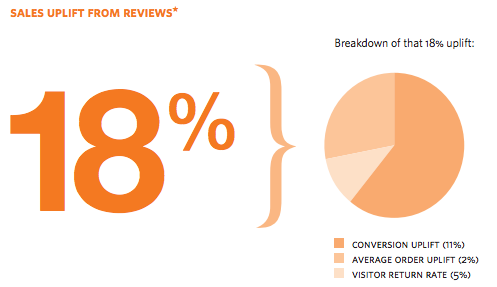 At the recent Neolane & Celerity co-hosted breakfast seminar Ashley Friedlein spelt out what agile marketing is and how it’s going to change us all.
At the recent Neolane & Celerity co-hosted breakfast seminar Ashley Friedlein spelt out what agile marketing is and how it’s going to change us all.
In his introduction he said we’ll all be talking about ‘real time’, ‘agile’, ‘on demand’, ‘automation’, ‘speeding up’ and ‘event triggered’ in the months and years ahead.
What was clear from all the presentations at the event was that personalisation, real-time, agile marketing practices will become the norm.
According to Neolane’s recent survey, 19% of marketers are currently personalising their websites in real-time. But Neolane predicts that this figure will jump by 3X to 59% by the end of 2014.
Even the Google Now android app has forseen this as our future too. In its latest ad it claims we’ll be able to access information that is relevant to us right now.
Based on predictive algorithms it claims to be “one step ahead” – suggesting new routes to work if traffic is heavy and recommending places to eat where you are, even telling you the best things on the menu.
 We’ve been enjoying bringing thought and discussion around the key themes of Integrated Marketing Week to our subscribers and blog community early with Google+ Hangouts.
We’ve been enjoying bringing thought and discussion around the key themes of Integrated Marketing Week to our subscribers and blog community early with Google+ Hangouts.  Providing tailored product recommendations is a proven way of boosting online sales, with two-thirds of companies (66%) stating that personalisation improves
Providing tailored product recommendations is a proven way of boosting online sales, with two-thirds of companies (66%) stating that personalisation improves At the recent Neolane & Celerity co-hosted breakfast seminar Ashley Friedlein spelt out what agile marketing is and how it’s going to change us all.
At the recent Neolane & Celerity co-hosted breakfast seminar Ashley Friedlein spelt out what agile marketing is and how it’s going to change us all. 
 All ecommerce sites could benefit from having product recommendations, with
All ecommerce sites could benefit from having product recommendations, with  There are many complex ways of increasing your online store’s performance. From analytics to data segmentation, once you’ve mastered the infrastructure of selling online, reaching new customers and selling more can become much easier.
There are many complex ways of increasing your online store’s performance. From analytics to data segmentation, once you’ve mastered the infrastructure of selling online, reaching new customers and selling more can become much easier.  A couple of weeks ago, I wrote a blog on how the new
A couple of weeks ago, I wrote a blog on how the new  One of the B2B roundtables at this year’s Digital Cream London event focused on marketing automation, the findings of which have just been released in our free-to-access
One of the B2B roundtables at this year’s Digital Cream London event focused on marketing automation, the findings of which have just been released in our free-to-access  Though more than
Though more than 
 While some abandonments are never a good thing,
While some abandonments are never a good thing,